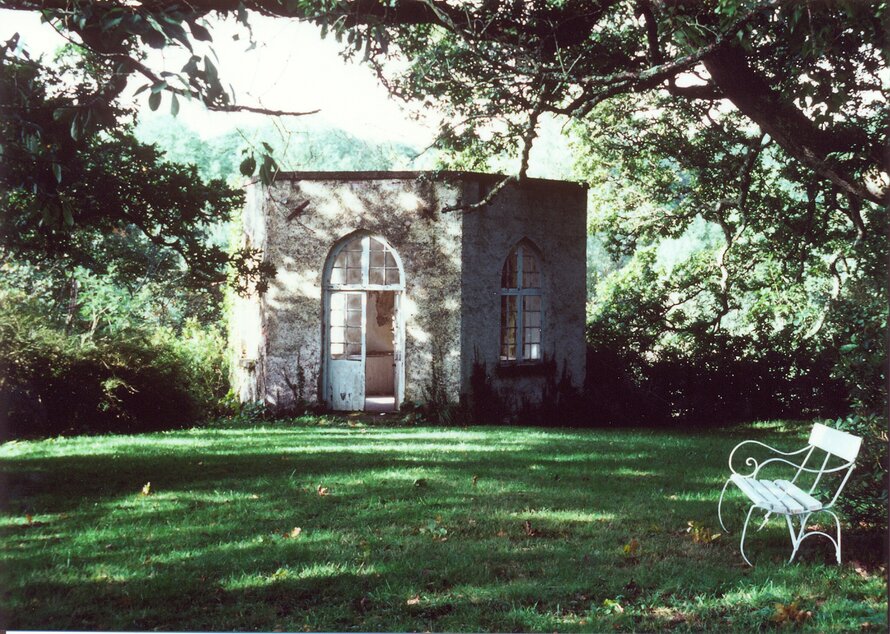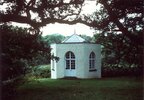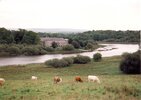The Crom Estate, Newtownbutler
The Crom Estate on Upper Lough Erne is one of the most important nature conservation sites in Northern Ireland. Because of its biological diversity a major part of the estate, containing 684 ha with the largest remaining area of semi-natural oak and ash woodlands in Ireland, ...
Read more
Project details
| Title: | The Crom Estate, Newtownbutler |
|---|---|
| Entr. year: | 1997 |
| Result: | Diploma |
| Country: | United Kingdom |
| Town: | Newtownbutler, County Fermanagh (Northern Ireland) |
| Category type: | building conservation areas and urban design |
| Building type/ Project type: | Public/private green space |
| Former use: | Country estate with a range of buildings and annexes |
| Actual use: | Country estate with visitor facilities, office facilities, accomodation for estate staff |
| Built: | 19th century |
| Architect / Proj.leader: | Edward Blore, Architect; William S. Gilpin, Landscape Architect , John Neil Partnership (Belfast - UK) |
| The Jury's citation: | For the ambitious and successful campaign to restore as a national asset the Iandscape and buildings of a magnificent country estate. |
| Web, Links: | www.nationaltrust.org.uk/crom |
Description:
The Crom Estate on Upper Lough Erne is one of the most important nature conservation sites in Northern Ireland. Because of its biological diversity a major part of the estate, containing 684 ha with the largest remaining area of semi-natural oak and ash woodlands in Ireland, extensive wetland habitats, grassland and ancient parkland trees and their associated lichens, has been designated as an Area of Special Scientific Interest. Many of these elements are included in the planned landscape, laid out in 1838 by William S. Gilpin, which is one of the best preserved and most extensive examples of his work. The quality and importance of Crom is enhanced by the setting of many fine listed buildings in the landscape, like the "new" castle, a Summer House, the Boat House, domestic cottages, the Old Farmyard, the Stableyard and others, most of them designed in the 1830's by Edward Blore. The National Trust acquired the Crom Estate in 1987 from the Earl of Erne, who still owns and lives in the "new" castle. Since then a thorough phased programme of conservation of the estate and restoration of its buildings, many of which were in a serious state of disrepair, was implemented. The most ambitious project was the complete restoration of the derelict buildings of the Old Farmyard into high quality visitor facilities. Other projects include the restoration of the Stableyard buildings to provide accommodation for estate stuff and office facilities, the restoration of cottages and of the range of attractive buildings of follies which form attractive features in the landscape. In addition to the restoration of the built structures a very high priority has been placed on the management of the important nature conservation interest, guided by essential survey and monitoring work, thus retaining the unique balance between the natural and built landscape and restoring it to its former glory.
Similar projects

18th-19th century
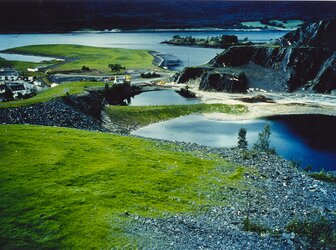

15th century
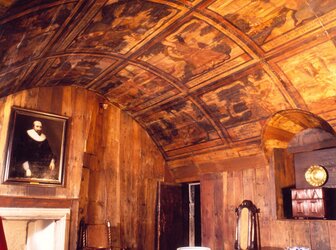
16th century
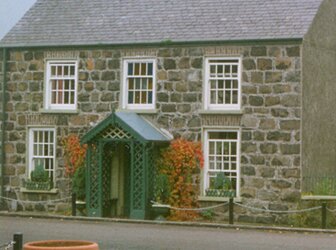
18th-19th century

18th century
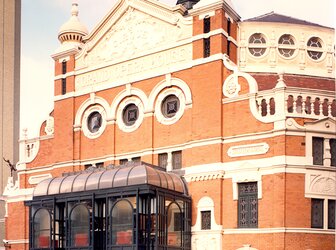
19th century

15th century
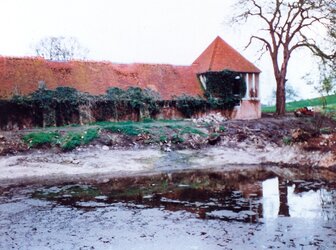
19th century
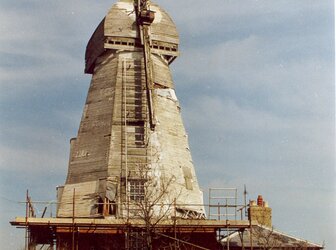
19th century
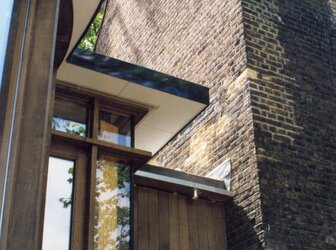
18th century
18th century
